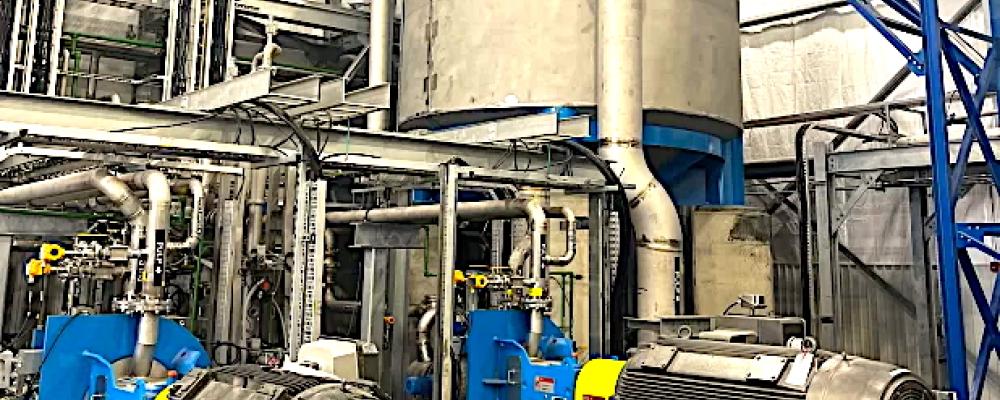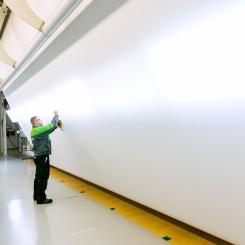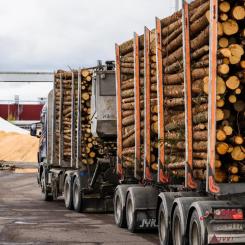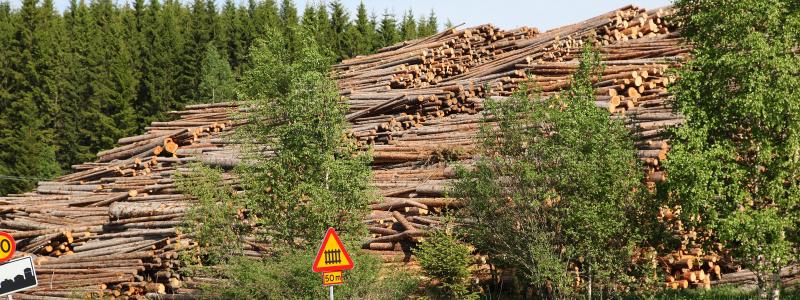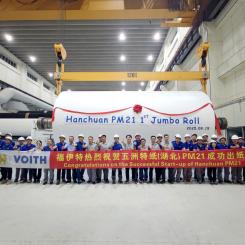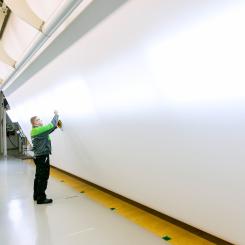By: Simon Matthis
While the pulp and paper industry is inherently local—particularly in terms of production and sourcing of raw materials—trade is fundamentally cross-border and international. As a result, the sector is highly exposed to trade barriers and tensions, such as those created by the tariff policies introduced during the Trump administration.
Tariffs are expected to put significant pressure on transportation and logistics—sectors that are intrinsically linked to the pulp and paper industry. This strain is partly mitigated by the fact that many pulp and paper companies have made substantial investments in overseas production capacity.
Recent mergers in the industry, such as the Smurfit Kappa–WestRock merger and the International Paper–DS Smith merger, are also likely to offset some of the negative impacts of tariffs. These newly formed giants now operate production facilities in both Europe and the US. Both of these multi-billion dollar transactions took place in 2024.
Other companies, such as Sweden's Billerud, have established a transatlantic presence. Billerud acquired US-based Verso some years ago, securing production capabilities on both sides of the Atlantic.
Mergers and acquisitions are reshaping the global pulp and paper landscape, and in an era of looming trade wars and frequent supply chain disruptions, scale can become a competitive advantage. This consolidation trend may render the pulp and paper industry more resilient than other, more fragmented sectors dominated by smaller players as well as industries depending on input of strategical materials.
So, how are industry organizations responding to this new situation?
While some, such as the U.S. Lumber Coalition—an alliance of large and small softwood lumber producers working to address "Canada’s unfair softwood lumber trade practices"— applaud Trump’s focus on “trade law enforcement,” others adopts a more nuanced stance. The American Forest & Paper Association (AF&PA), for example, issued a more cautious response.
President and CEO Heidi Brock stated the following in response to President Trump’s announcement of 25 percent tariffs on all products from Canada and Mexico :
“While we recognize the Administration’s goals of securing our borders, AF&PA remains concerned that today’s new North American tariffs have the potential to seriously disrupt our industry’s complex, cross-border supply chains.”
She also noted that “certain raw material inputs must be sourced from Canada due to specific fiber quality demands and transportation efficiencies.”
The European association representing the paper industry, Cepi, has also taken a clear stance:
“Cepi regrets the imposition of U.S. tariffs and the increased risk of a trade war and supply chain disruptions this creates. Against this background, Cepi calls on the European Commission to continue negotiations to avoid further disruptions and prevent the imposition of additional tariffs.”
Tariffs may come and go—as has been evident in recent months—but a far more alarming and persistent issue is unfolding, demanding urgent attention: the destruction of tropical forests, which are home to some of the world's most important biodiversity hotspots.
Brazil recorded the destruction of 2.8 million hectares of primary forest last year—the equivalent of 18 football fields per minute. Tropical regions collectively lost 6.7 million hectares of primary forest in the same year, an area nearly equivalent to the size of Panama. This represents a record level of destruction since data collection began in 2002, according to Global Forest Watch, an observatory developed by the American think tank World Resources Institute (WRI).
“This is a global red alert,” says Elizabeth Goldman, co-director of the observatory.



